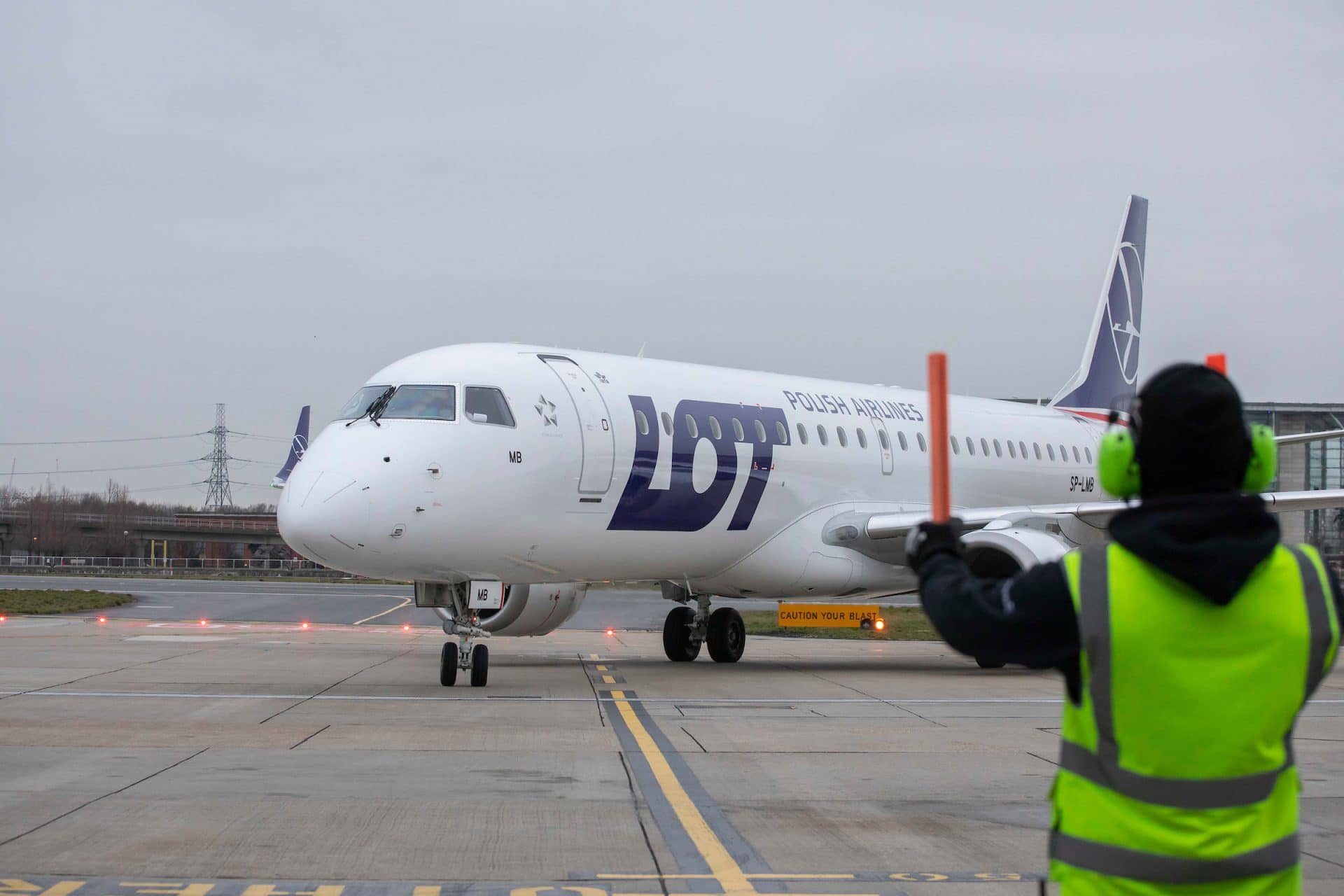
On 11 October 2019, a LOT Polish Airlines Embraer ERJ-195 flying from Brussels as flight LO236 experienced a serious incident during a landing attempt at Warsaw Airport. The aircraft, carrying 99 passengers and 6 crew members, encountered gusty crosswinds during the landing. The first officer, who was piloting the aircraft, made errors during the landing, resulting in a hard touchdown and subsequent bounce.
After the bounce, the first officer initiated a go-around procedure without following standard procedures, including failing to press the TOGA (Take-Off/Go Around) button, which would have engaged the flight guidance control system. As a result, the aircraft’s climb was not properly controlled, and the pitch angle increased significantly. The crew’s lack of reaction to the increasing pitch angle caused the aircraft to lose speed rapidly.
At a certain point, the stick shaker, a device that warns of an impending stall, activated, indicating the critical angle of attack. The crew attempted an upset recovery procedure by pushing the yoke forward to reduce the pitch and increase speed. Eventually, the aircraft was stabilised, positioned for another approach, and landed safely.
The subsequent investigation by the Polish Air Accident Investigation Commission (PKBWL) identified several probable causes and contributing factors for the incident. These included the incorrect execution of recovery and go-around procedures, delayed reaction of the pilot monitoring (captain) to the errors made by the pilot flying (first officer), weather conditions (gusty crosswind), aircraft control errors during landing, the low experience of the first officer, failure to follow standard procedures, lack of proper cooperation within the crew, incorrect application of stall recovery and upset recovery procedures, and impaired acquisition of information due to stressful conditions.
The investigation also revealed that the presence of an additional cabin crew member in the cockpit during take-off and landing may have potentially affected the pilot’s performance, but the balance simulation demonstrated that the flight could still be performed safely with the standard crew configuration.
During the climb following the go-around, the crew pushed the vertical speed mode on the autopilot panel multiple times, indicating impaired information acquisition due to the high-stress situation. The second landing approach was completed without any further incidents.
- SEO Powered Content & PR Distribution. Get Amplified Today.
- EVM Finance. Unified Interface for Decentralized Finance. Access Here.
- Quantum Media Group. IR/PR Amplified. Access Here.
- PlatoAiStream. Web3 Data Intelligence. Knowledge Amplified. Access Here.
- Source: https://www.aviation24.be/airlines/lot-polish-airlines/final-report-on-a-serious-incident-involving-a-lot-e-195-flying-from-brussels-to-warsaw/